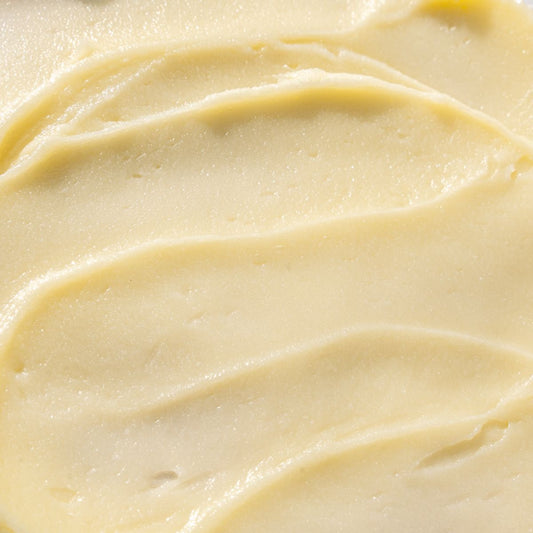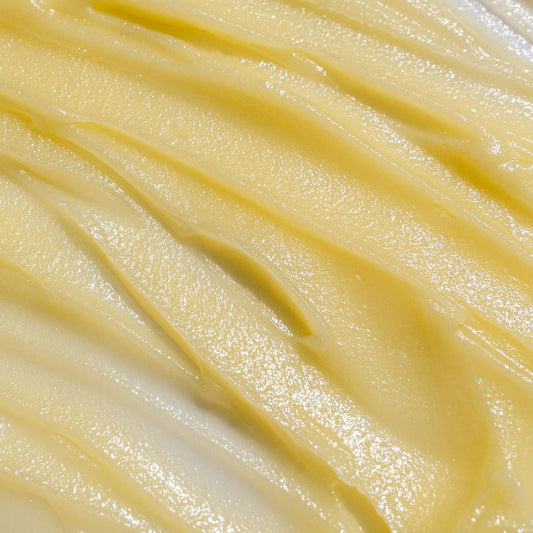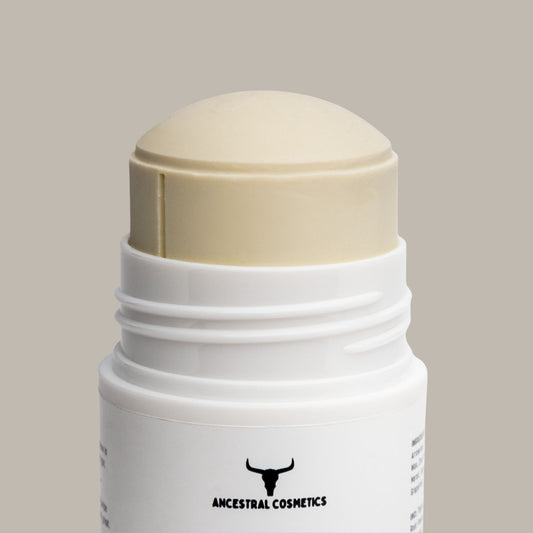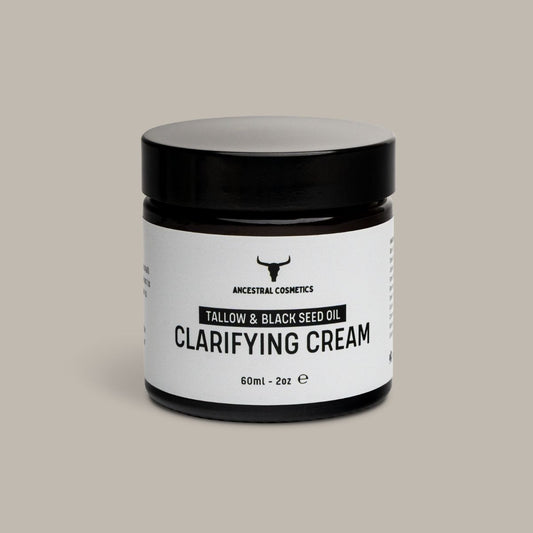Are you still using Vaseline on your skin?
This dangerous oil byproduct would normally go to waste but they made a product of it and convinced millions of people to put it on their skin every day, even with evident dangers.
This potentially cancerous machine lubricant shouldn’t even come close to human skin.
The history of Vaseline
Vaseline is made from petroleum jelly (petrolatum) which is a refined version of residue called rod wax, a byproduct in oil production.
In 1859 a man named Robert Chesebrough was researching a new type of fuel. In the process, he discovered that oil fields in Pennsylvania were trying to get rid of excess residue from their oil rig pumps.
They called this rod wax.
Lacking better stuff oil workers would put this on their skin to protect it from exposure to crude oil and scratches. But Robert had the aha moment - he realized he can sell this as a cream for people to use.
He can get it for free, maybe even charge rig operators to remove it from their rigs. A solid business plan was born.

This was 1859 and Robert was about to get rich. He founded Chesebrough Manufacturing Company to produce and sell this stuff to unsuspecting people.
He named it Vaseline - from the German word for water (Wasser) and the Greek word for oil (olion).
People at that time must have been smoking wild mushrooms because they fell for the trick. The company was widely successful.
They soon expanded to the UK and were listed on NYSE. They worked closely with Standard Oil.
But this success didn’t go unnoticed. A company that destroyed natural soaps had their eye on this lucrative business too.
Robert’s company was purchased by Unilever in 1987.

Why Vaseline is bad?
Even if we forget the dirty companies in this business such as Standard Oil & Unilever Vaseline is an oil refining waste material at worst & a machine lubricant at best.
Vaseline is water-repellent and does not moisturize skin
It only gives that illusion by keeping the moisture away.
It will make your acne worse and is hard to wash off the skin.
Inhaling Vaseline by placing it under the nose can potentially lead to lipid pneumonia once it reaches the lungs.
Cancer risk
Petroleum jelly is supposedly not toxic for humans when properly refined & may get contaminated with toxic chemicals called Polycyclic Aromatic Hydrocarbons (PAHs).
PAHs contamination in products is a serious cancer risk. But the best thing is hidden in plain sight - U.S. manufacturers are not legally required to remove PAH & other pollutants from petroleum jelly products & often times petrolatum is not fully refined in the US, leaving cancerous PAHs in the final product.
A study on Long Island, NY, found that women with high levels of PAH-DNA adducts had a 50% greater risk of breast cancer.
PAHs are considered to be known carcinogens. The National Toxicology Program (NTP) considers PAHs as a substance anticipated to contain carcinogens.
International Agency for Research on Cancer (IARC) has a list of 14 PAHs as probable carcinogens and one PAH as a known carcinogen.
A study from 2017 found around 1% of Mineral Oil Aromatic Hydrocarbons (MOAH) in petroleum jelly - the sole ingredient of Vaseline.
The European Food Safety Authority considers MOAH as possibly carcinogenic.
German consumer watchdog Stiftung Warentest analysed a number of cosmetics products in 2015 for the presence of MOAH. They discovered that out of all the products tested Vaseline contained the most MOAH - up to 9% of the product!
Based on these findings they warned against the use of Vaseline and any petrolatum-based products on lips as MOAH is easily absorbed orally.

Source: Stiftung Warentest
How to recognise petrolatum in products?
Petroleum jelly has many names and is used in many cosmetic products today.
Some of the common names for the same ingredient are:
- Petrolatum
- Petroleum Jelly
- Paraffin Oil
- Mineral Oil
- White Petrolatum
- Alba Protopet
The producers will all try to tell you their product is perfectly safe and meets all legal requirements.
But is it safe?
Or better question yet - is it even beneficial for the skin?

Vaseline on the skin
Vaseline and similar products based on petroleum jelly do not moisturize your skin. They act as a barrier to prevent moisture from reaching your skin. It’s literally like putting a plastic bag on the skin.
The skin is our largest organ. It’s designed to get what it needs from the environment (sunlight, moisture) and express the bad stuff out of our body (toxins, sweat).
Vaseline prevents this the same way wearing a plastic bag over your head would prevent you from breathing.
Added to that Vaseline will clog your pores and cause acne breakouts. Even the American Academy of Dermatologists agrees.

Source: aad.org
Vaseline is also a terrible choice to treat sunburn as it will trap the heat and make the sunburn even worse.
Vaseline can also damage your skin’s collagen & elastin. This will make your skin look older and more damaged over the long term.
Literally, the only thing Vaseline is good at is acting like a plastic bag on your skin.
In summary - Vaseline:
- is filled with PAHs & MOAHs, known carcinogens
- does not moisturize skin
- will clog your pores
- triggers acne breakouts
- prevents natural skin function
So throw away that Vaseline tub and get yourself some natural moisturizer such as tallow balm which will actually help your skin stay moisturized, treat acne and leave you with nothing but healthy & soft skin.









